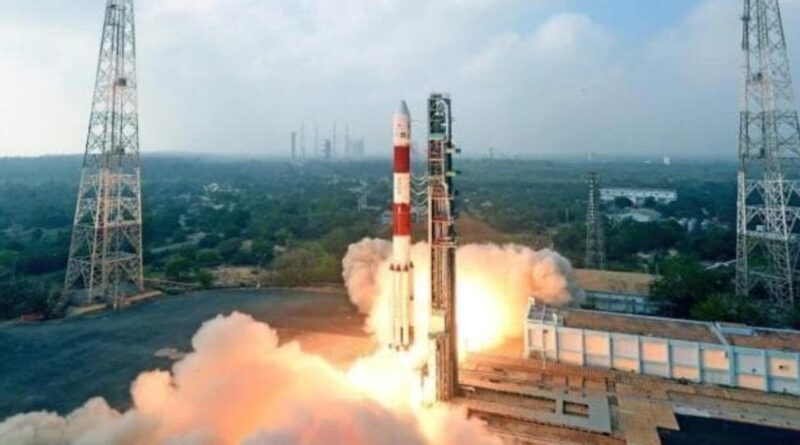ISRO’s ‘baby satellite’ launcher- SSLV
The space race is back on- but who will win?
GSLV
It is a geosynchronous satellite launch vehicle having a height and diameter of 49.13m and 2.8m respectively. It took its first flight on April 18, 2001. The main feature of this satellite is that it appears to remain permanently fixed in the same position in the sky. GSLV delivers the communication satellites to the highly elliptical (typically 250*36000 km) and can carry a weight up to 5000kg and reach up to 36000km. Geosynchronous transfer orbit (GTO). It is a 3-staged vehicle with the 1st stage using solid rocket motor, 2nd stage using liquid fun, and 3rd stage using cryogenic engines.
PSLV
It is a Polar satellite launch vehicle having a height and diameter of 44m and 2.8m respectively. PSLV delivers ‘earth-observation’ or ‘remote-sensing’ satellites of up to 2000kg of payload to sun-synchronous polar Orbits of 600-900km altitude. PSLV is a 4-staged launch vehicle with 1st and 3rd stage using solid rocket motors and 2nd and 4th stages using liquid rocket engines.
Now comes the ‘baby satellite’ launcher- SSLV
SSLV
It is a small satellite launch vehicle having a height of 34m and a diameter of just 2m. It can carry a payload of 500kg to lower earth orbit and 300kg to sun-synchronous orbit. SSLV is cost-effective. It is supposed to be 1/10th times cheaper than PSLV which costs around $25 million to $75 million. The SSLV promises on-demand access to space, with the rocket assembly taking a mere 15 days and minimum personnel to do it. SSLV does not require a mission control center. thus, can be launched using a small office with a personal computer.
SSLV features!
The SSLV stands for the small satellite Launch Vehicle. Unlike PSLV and GSLV it can carry a satellite weighing only up to 500kg to a low earth orbit.
“The SSLV is the smallest vehicle at 110-ton mass at ISRO. It will take only 72 hours to integrate, unlike the 70 days taken now for a launch vehicle. Only six people will be required to do the job, instead of 60 people.”
The main aim of SSLV?
The SSLV specifically intended to cater to the launch of small satellites into low earth orbits. However, it has emerged in recent years on account of the need for developing countries, private corporations, and universities for small satellites.
The new Chairman of the Indian Space Research Organization Dr. S. Somanath indicated that ISRO’s indigenous new launch rockets, called the small satellite launch vehicle (SSLV), will have its much-delayed, maiden development flights this April.
The launch of the maiden flight of the SSLV was scheduled for July 2019 but has been delayed due to setbacks from Covid-19 crises and other issues.
Also read: WHY WAS ANNUAL BUDGET 2021 UNIQUE?




